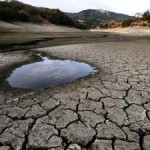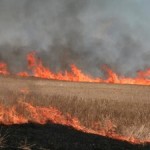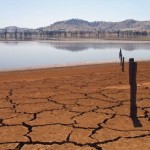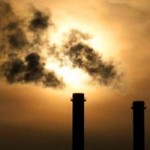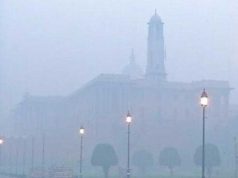To more directly address the question of whether climate change played a role in the probability of the 2013 event, the team collaborated with Bala Rajaratnam, an Assistant Professor of Statistics and of Environmental Earth System Science and an affiliated faculty member of the Stanford Woods Institute for the Environment. Rajaratnam and his graduate students Michael Tsiang and Matz Haugen applied advanced statistical techniques to a large suite of climate model simulations.
Using the Triple R as a benchmark, the group compared geopotential heights – an atmospheric property related to pressure – between two sets of climate model experiments. One set mirrored the present climate, in which the atmosphere is growing increasingly warm due to human emissions of carbon dioxide and other greenhouse gases. In the other set of experiments, greenhouse gases were kept at a level similar to those that existed just prior to the Industrial Revolution.
The interdisciplinary research team found that the extreme geopotential heights associated with the Triple R in 2013 were at least three times as likely to occur in the present climate as in the preindustrial climate. They also found that such extreme values are consistently tied to unusually low precipitation in California and the formation of atmospheric ridges over the northeastern Pacific.
“We’ve demonstrated with high statistical confidence that the large-scale atmospheric conditions, similar to those associated with the Triple R, are far more likely to occur now than in the climate before we emitted large amounts of greenhouse gases,” Rajaratnam said.
“In using these advanced statistical techniques to combine climate observations with model simulations, we’ve been able to better understand the ongoing drought in California,” Diffenbaugh added. “This isn’t a projection of 100 years in the future. This is an event that is more extreme than any in the observed record, and our research suggests that global warming is playing a role right now.”
Diffenbaugh’s group was supported in part by a National Science Foundation CAREER Award and by a grant from the National Institutes of Health. Rajaratnam’s group was supported in part by a National Science Foundation CAREER Award, a DARPA Young Faculty CAREER Award, the Air Force Office of Scientific Research and the UPS Fund.
Click here to read/download the Full Study – “Explaining Extreme Events of 2013: From a Climate Perspective”.
Source: By Ker Than, Stanford.

